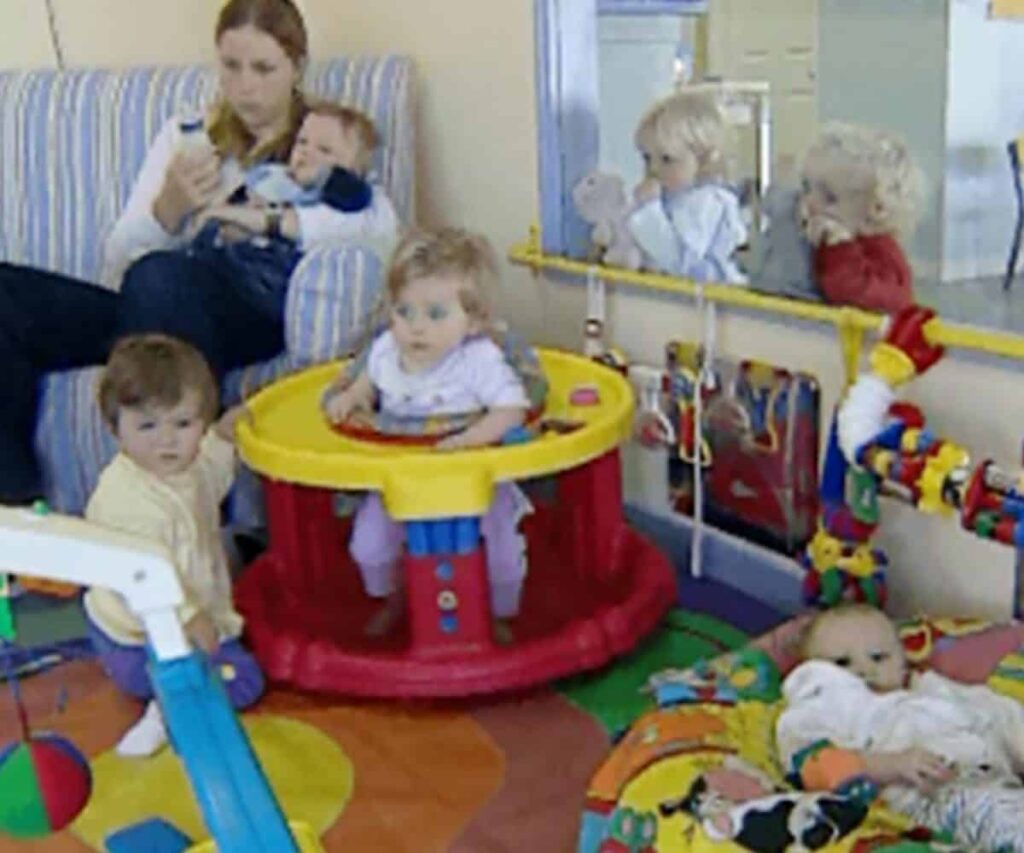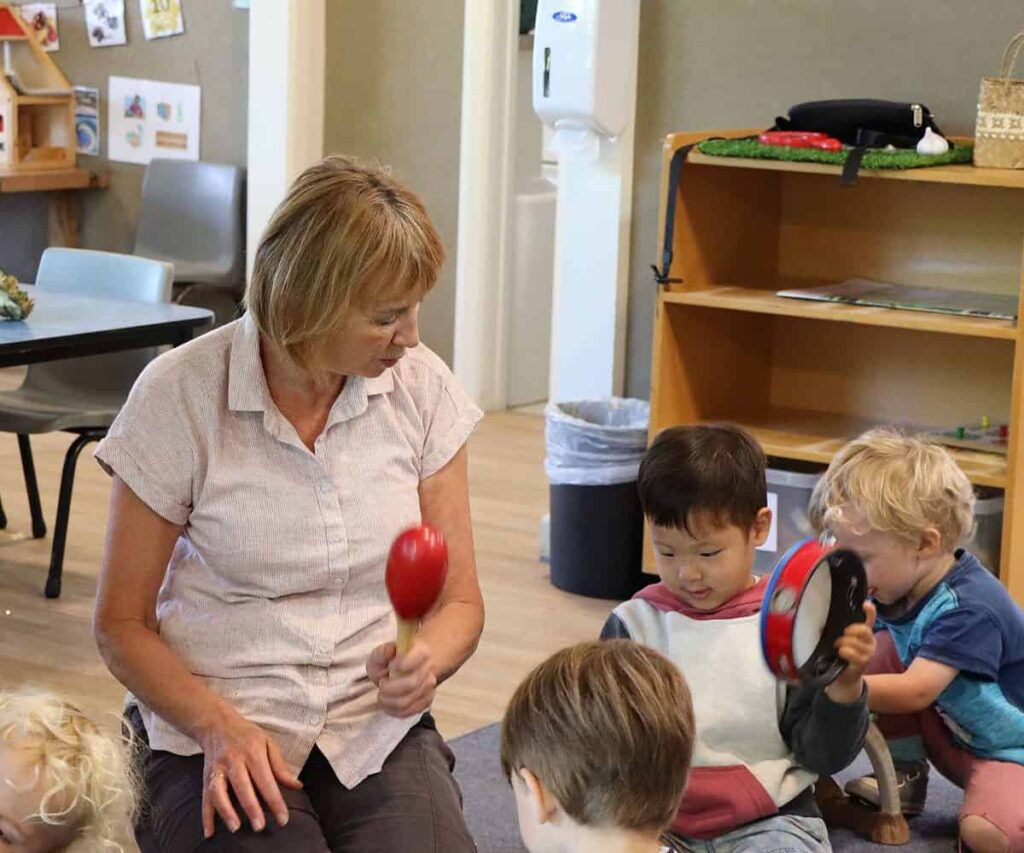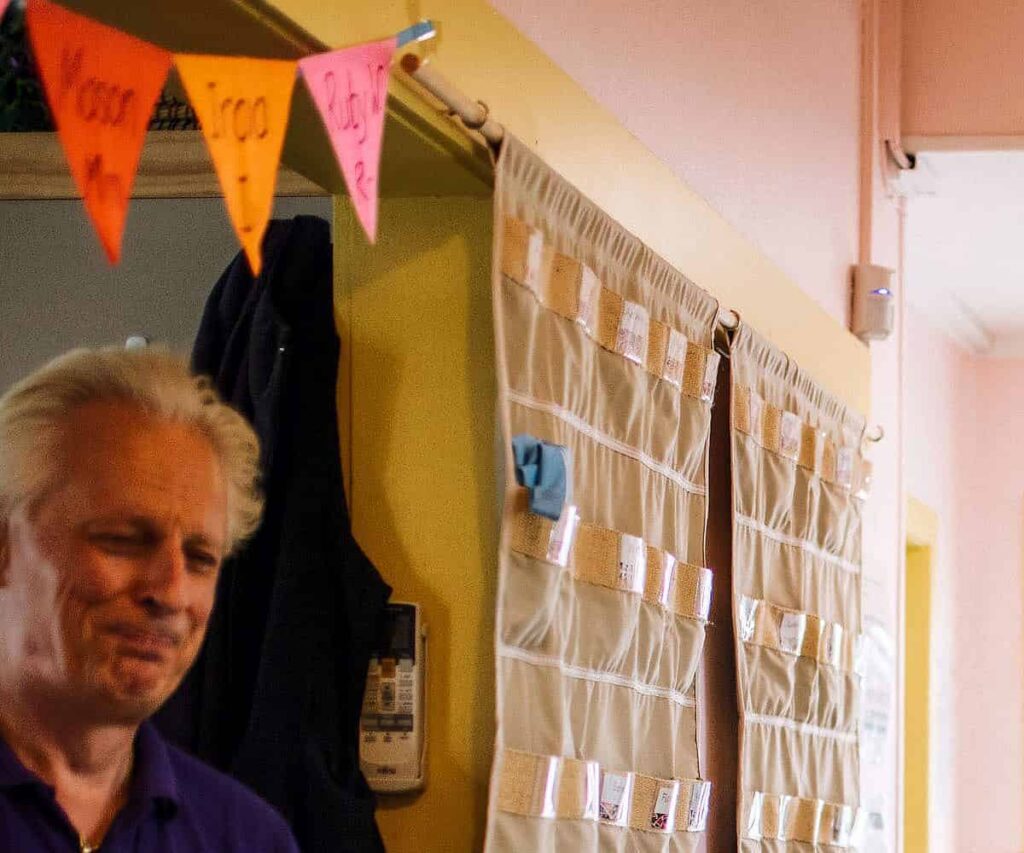Dear My ECE, I have read lots of advice on choosing daycare that mentions ratios. The advice includes asking what the adult:child ratio is. Please can you tell me what the best ratio is, and will this mean I can be sure the daycare will be good for my daughter?
Answer supplied by Dr Sarah Alexander
The minimum adult:child ratios in all-day kindergartens and childcare centres is 1 adult to up to 6 children two years and older. When there are more than 6 children the minimum required ratio is 1 adult to every 10 children two years and older.
There must be at least 1 adult to every 5 children under two years of age.
There is useful table showing the number of adults required as the number of children increases – go to the table on adult:child ratios.
When an adult goes on a break, to do chores (like laundry) or on non-contact time (to do paperwork, talk with parents, etc) this adult is no longer counted in the ratios and must be replaced to ensure that at least the minimum ratio requirements continue to be met at all times. For example, in a centre with 30 children a minimum of 3 adults/teachers must be present and working with the children. When one of these teachers leaves to go on a break another teacher should replace her/him. If there are 4 teachers and 30 children, it is not necessary when one of these teachers goes on a break to have a substitute teacher as ratios are still being met by there being 3 teachers.
It is in your child’s interests and for the sanity of the adults/teachers working with the children that at least the minimum ratios be maintained at all times throughout the day. Should your early childhood centre not have adequate staffing ratios at all times, lay a complaint with the centre management (parent complaint form). Or inform the Ministry of Education by making a complaint so that it will know to check the centre.
Centres with a small number of children (maximum of 10 – 20 children) can help offset a poor adult-child ratio. Within a small group it’s easier for children to have and hold adult’s attention, form friendships with other children, hear each other talk, and engage in lots of shared interaction and collaborations.
In regard to what the best ratios are, I suggest you read an article on the structural indicators of quality, including the number of adults to children.
Whether a centre that has a high ratio (e.g., three teachers to 24 children – a ratio of 1:8; or three teachers to 12 infants – a ratio of 1:4) would be better for children the answer from research is yes! However, keep reading …
What might mitigate the benefits of having high ratios
Children will not benefit from more adults being present if those adults then talk with each other and don’t engage in conversation and play with children.
A high number of adults to children will not benefit children if the adults are mostly involved in cleaning or other tasks and are not able to give children their full attention.
The more children a centre has, sharing the same teachers and play area, the lower quality it is likely to be for children’s learning and development regardless of whether it exceeds minimum ratios or not.
Some feedback
Susanah
If you say to parents the best ratio for children over 2 is 1 adult to 8 children, which I do agree with you then why doesn’t the ministry of education apply these ratio`s in their requirements? As most centre`s only hire teachers to cover the bear minimum ratio`s set out by the ministry?
Jen
Because a ratio of 1 – 8 requires more teachers which costs the centre more.





















